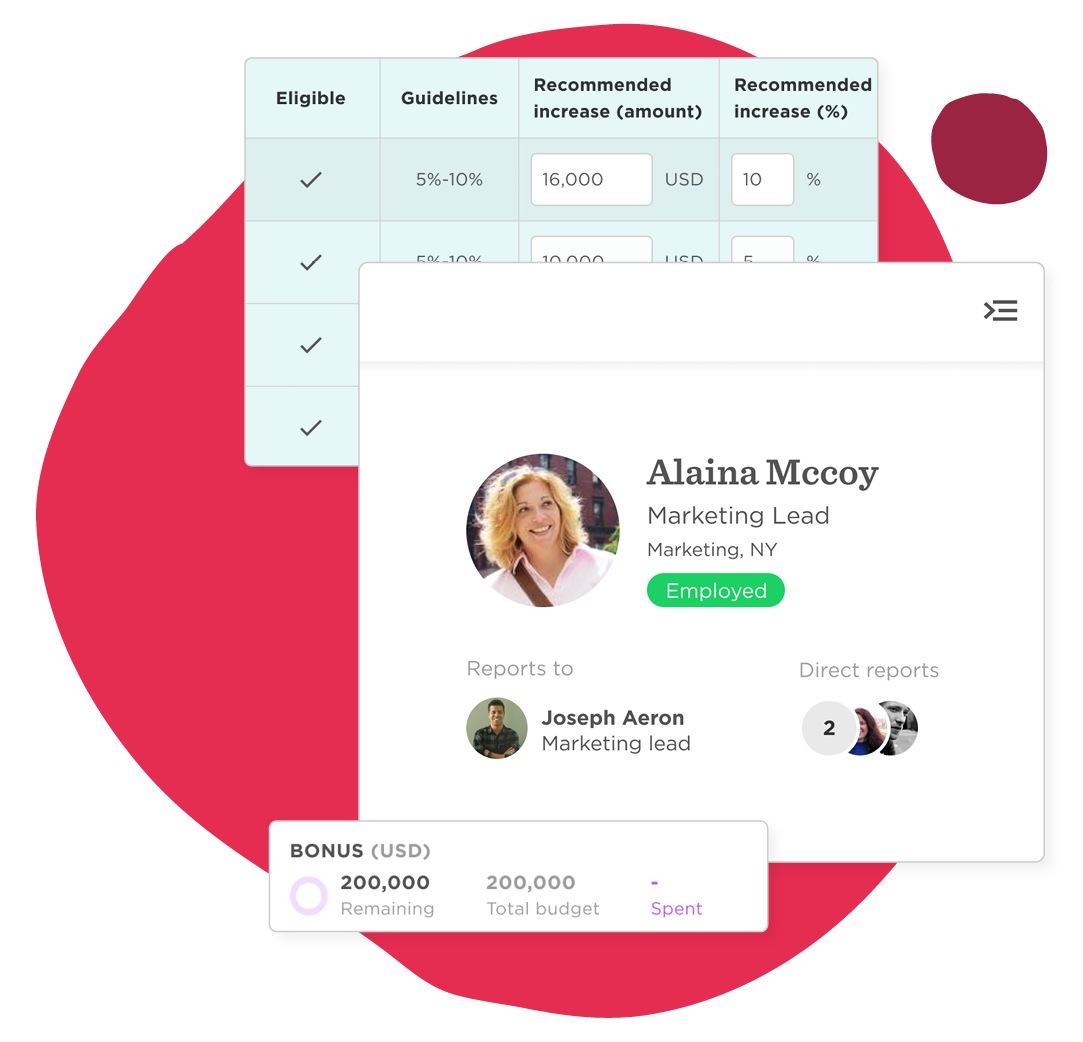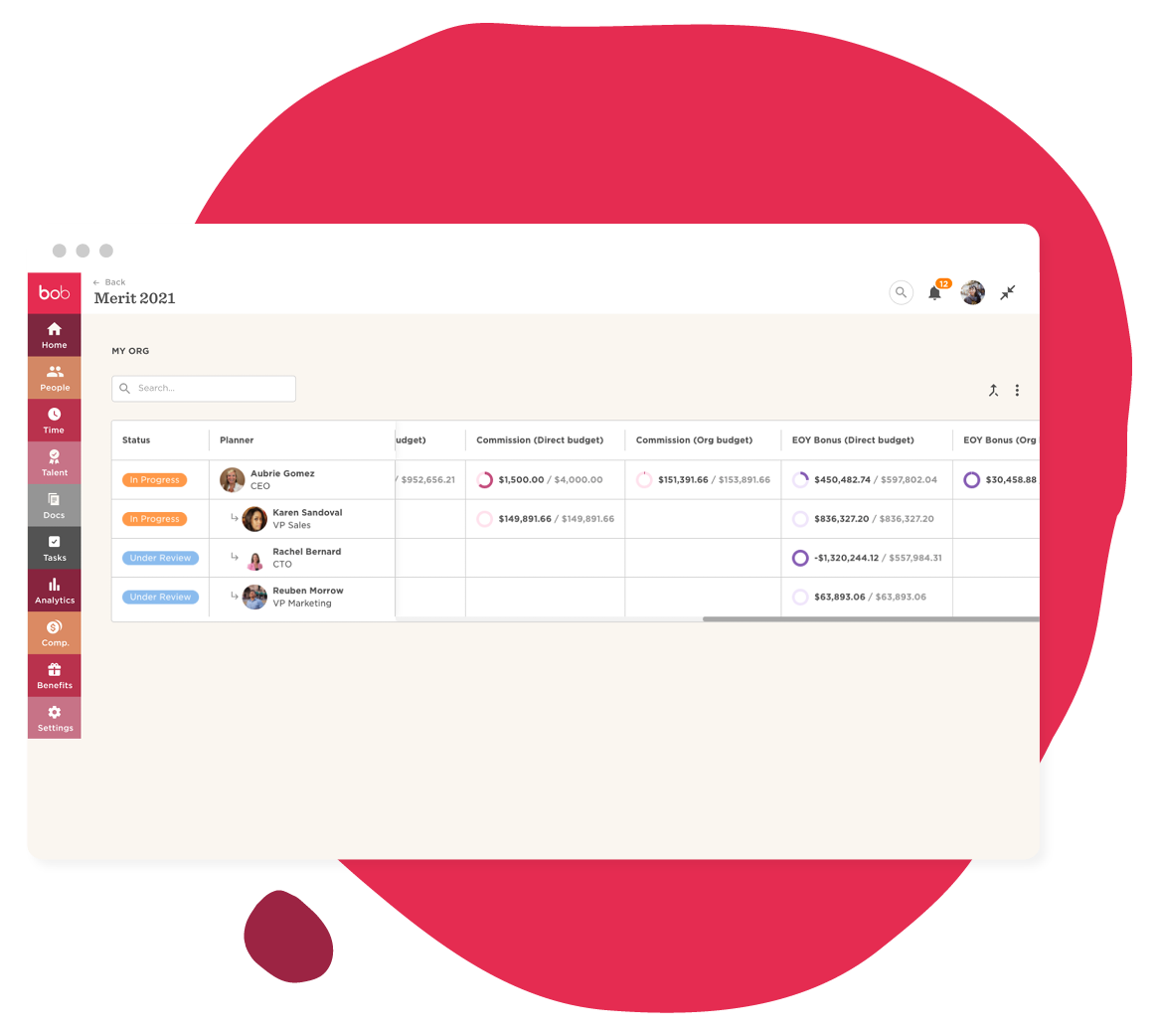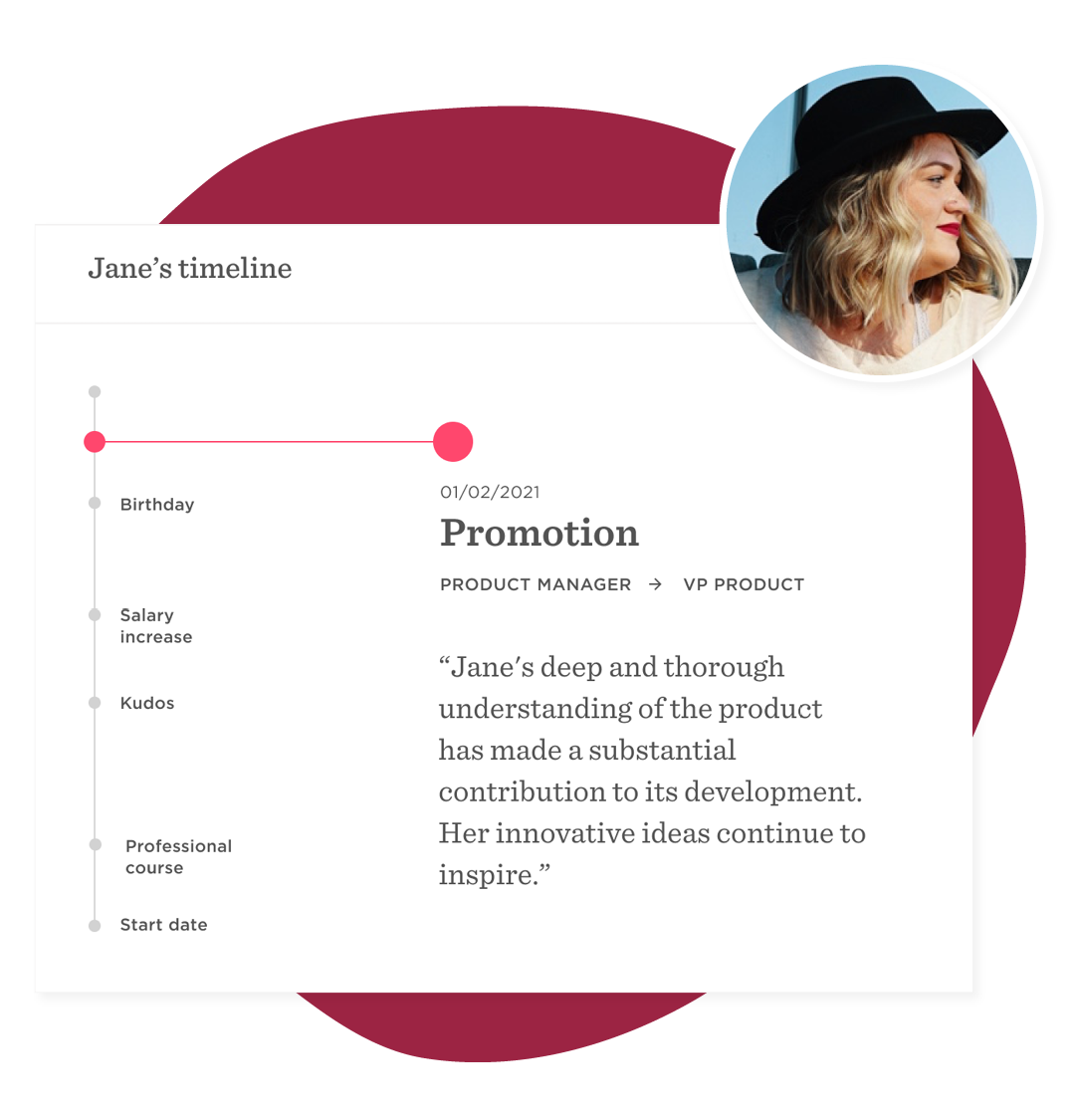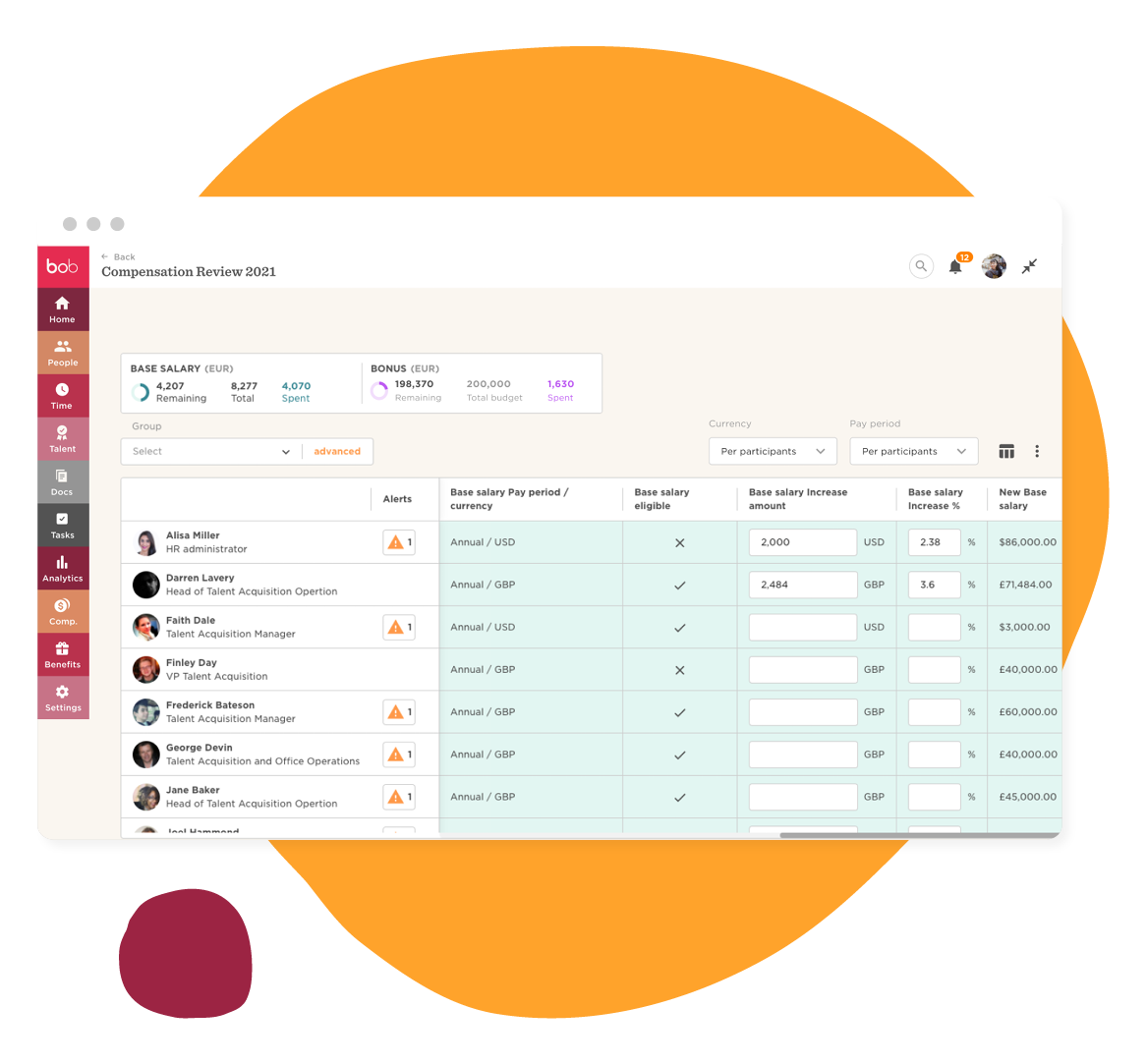Introduction
The period between December and February is when companies traditionally pay out bonuses to their employees. Bonus programs reward employees for a job well done and contribute to increased motivation and morale.
Employers that provide their employees with appropriate compensation packages, including competitive salaries, well-deserved bonuses, and additional incentives and benefits, motivate their employees, steer them in the right direction and show them that they are valued. Bonuses help employees feel more engaged and motivated, incentivize them, and contribute to their overall productivity and morale. The symbiotic relationship between employee and employer helps create a positive company culture of happy, engaged employees.
As we are still battling the COVID-19 pandemic worldwide, this year is an opportune time to thank your employees for their hard work and dedication, despite very challenging circumstances. Even if your company hasn’t offered bonuses in the past, this gesture can go a long way in showing appreciation to your teams.
However, due to the pandemic, you will also most likely have to manage your bonus allocation program remotely.
Sounds complicated?
Not at all. With bob’s compensation management tool, bonus allocation is seamless and straightforward for employees, whether they are working near or far.
Read on to learn more.
The trend towards structured bonus programs
Structured bonus programs have seen a steady increase in recent years, according to Aon, a global consulting firm. They found that companies were planning to budget 13.1% of payroll for bonus expenses in 2020, up from 12.9% in 2018 and 12.5% in 2018.
Aon saw the trend shifting towards offering employees incentive plans or bonuses based on multiple performance layers, such as overall company success, individual performance, and business unit outcomes. Approximately 85% of the organizations that they surveyed in 2019 have adopted this approach, up from 77% in 2015.

What are the different kinds of bonuses?
There are many different kinds of bonuses. For the sake of simplicity, we have broken them down into three main types:
1. Individualized bonuses:
Bonuses paid out to either individual employees or members of a small team. These bonuses are usually performance-based, given as a reward for meeting targets or outstanding performance, and help create a “performance-based culture” in the company.
2. All-employee bonuses:
Bonuses that share company success and are provided to all employees, regardless of performance or seniority. This type of bonus suggests a level of trust between the employer and employee and enhances the view of a shared culture.
3. Profit-sharing bonuses:
When a company becomes profitable, it may share this success with its employees. Employees are awarded a percentage of the company’s profits based on its actual earnings over a set time. This type of bonus usually rewards people equally and promotes a sense of company pride and working together.
How to plan your company’s bonus program
Bonus allocation is an integral part of your company’s compensation package and requires planning and budgeting.
While smaller companies may make ad-hoc decisions regarding who will receive a bonus, this can prove an expensive and disorganized way to manage bonus allocation. For larger companies of over 200 employees, a comprehensive bonus program with formal cycles for bonus allocation should be planned, usually taking place once or twice a year. During this period, each employee will undergo a bonus review, which can be tied to performance but does not have to be. Companies may also review salaries and their overall compensation package during this period.
Traditionally, this process of analyzing each employee and distributing bonuses would take months of work, involving multiple spreadsheets, and leaving lots of room for oversight and error.
Managing a bonus program using HR tech and a centralized dashboard will help you get started, enabling your HR team to become more efficient, save days of work, and removing all headaches.
Allocating bonuses with Bob is fast and seamless
bob’s bonus allocation feature is straightforward to use, and no advanced financial or mathematical skills are required. Bob’s bonus dashboard is intuitive and easily accessible by all decision-makers within the company. After approving and setting up the overall bonus budget, you can create a simple workflow so that approvals move seamlessly from managers to HR to C-level. As the bonus allocation advances, you can monitor how much budget has been allocated and how much you have left to award.
Whether you are working at the office or from home, allocating bonuses in the Bob platform is fast and efficient, and you can say goodbye to those complicated spreadsheets forever.

Managing performance-based bonuses
When awarding performance-based bonuses, managers can view the entire employee lifecycle of everyone on their team, including their timeline, employee reviews, salary, and previous bonuses, enabling them to make more informed decisions about how to distribute their bonus budget.

Bonus-allocation among global teams
Are you a multinational company with employees working in different countries? When multiple currencies and a diverse workforce are involved, HR teams can be more hesitant to initiate bonus plans.
With Bob, global bonus allocation is seamless.
bob’s dashboard works with multiple currencies, varying salary structures (weekly, monthly, or yearly), and global salary benchmarks simultaneously, making distributing your bonus budget among your international teams simple.

Recommended For Further Reading
A flexible and customizable interface
Using Bob, you get to decide how you choose to award bonuses across your organization. Want to link rewards to past performance? You can include a performance rating. Want to ensure that everyone on your team receives something? You can define that too. Want to make some data visible to upper management only? You decide who sees what and where. Many fields are fully customizable, ensuring that your bonus program represents your company’s goals and culture.
Conclusion
This past year has been a difficult one for all, and now is the time for companies to show appreciation to their employees for their hard work and dedication.
Conducting a planned bonus program for your employees involves a strategic partnership between Finance and HR, with HR managing an approved bonus budget and ensuring that all rewards are monitored and maintained. Conversely, using an ad-hoc bonus model is hard to track and budget for, often resulting in higher company expenses.
bob’s bonus allocation feature provides a modern and effective way for companies to manage global employee compensation seamlessly. All the data you need about each employee is right there in Bob, helping managers to make informed decisions. Bob’s centralized dashboard is easily accessible to every decision-maker in the process, ensuring that bonuses are distributed fairly, efficiently, and according to your defined processes.
Whether you are working at the office or working remotely, Bob makes it easy to reward your people for their hard work and dedication.
